Use this nursing care plan and management guide to provide care for patients with brain tumor. Enhance your understanding of nursing assessment, interventions, goals, and nursing diagnosis, all specifically tailored to address the unique needs of individuals with brain tumor.
What is a Brain Tumor?
A brain tumor is the most common solid tumor form that may be benign, malignant, or metastatic growth from a tumor in another area of the body. Most central nervous system tumors occur at the midline in the brainstem or cerebellum and can result in increased intracranial pressure and other associated symptoms. Other tumors occur in the cerebrum.
A malignant brain tumor is the second most common type of cancer in children and has a poor prognosis as the tumor usually grows and becomes advanced before signs and symptoms appear or are detected as they are easily missed. Signs and symptoms are site and size-dependent. Brain tumors are most prevalent in children 3 to 7 years of age.
Treatment options include surgery, although total removal is not usually possible, chemotherapy, and radiation, which may be administered to reduce the size of the tumor prior to surgery. One or a combination of these methods may be given with each resulting in possible continuing deficits in the neurologic status.
Nursing Care Plans and Management
Nursing care planning goals for a patient with a brain tumor center on relieving pain, reducing anxiety, and promoting an understanding of the signs and symptoms of increased ICP and expected changes in body appearance related to the planned cranial surgery.
Nursing Problem Priorities
The following are the nursing priorities for patients with brain tumors:
- Assess neurological status
- Manage symptoms and provide comfort
- Monitor for complications and changes in condition
- Provide education and support to patients and their families.
- Promote self-care and independence
- Provide palliative care, if needed.
Nursing Assessment
Assess for the following subjective and objective data:
- Headaches
- Blurred vision, double vision, or loss of peripheral vision
- Episodes of uncontrolled movements, loss of consciousness, or unusual sensations.
- Memory problems, difficulty concentrating, or changes in speech and language abilities.
- Mood swings, personality changes, or behavioral alterations.
- Unusual tiredness or lack of energy.
- Neurological deficits: Weakness, paralysis, coordination difficulties, or sensory changes.
- Gait and balance abnormalities: Unsteady movements, difficulty walking, or frequent falls.
- Visual abnormalities: Altered visual acuity, visual field deficits, or abnormal eye movements.
- Speech abnormalities: Impaired speech, slurred speech, or difficulty articulating words.
Nursing Diagnosis
Following a thorough assessment, a nursing diagnosis is formulated to specifically address the challenges associated with brain tumors based on the nurse’s clinical judgement and understanding of the patient’s unique health condition. While nursing diagnoses serve as a framework for organizing care, their usefulness may vary in different clinical situations. In real-life clinical settings, it is important to note that the use of specific nursing diagnostic labels may not be as prominent or commonly utilized as other components of the care plan. It is ultimately the nurse’s clinical expertise and judgment that shape the care plan to meet the unique needs of each patient, prioritizing their health concerns and priorities.
Nursing Goals
Goals and expected outcomes may include:
- The child will rate pain as less than (specify pain rating and scale used).
- The parent will verbalize reduced anxiety.
- The child will appear relaxed, with an absence of crying or irritability.
- The child will not exhibit signs of increased intracranial pressure. and will participate in teaching about treatment options.
Nursing Interventions and Actions
Therapeutic interventions and nursing actions for patients with brain tumors may include:
1. Managing Pain
Patients with brain tumors may experience pain due to the compression of sensitive structures, increased pressure within the skull, and the invasion of nerve pathways. The severity and location of the pain may vary depending on the size, location, and type of the tumor. Effective pain management is important to enhance the patient’s quality of life and minimize the impact of the tumor on their daily activities.
Assess the severity and duration of a headache; observe precipitating factors, recurrence, and progressive characteristics.
Provides data about the presence of a tumor as a headache is a most usual symptom in the child.
Ascertain the child’s perception of the word “pain” and ask the family what word the child normally uses. Use a pain assessment tool appropriate for the age and developmental level to determine the pain intensity.
Promotes better communication between child/family and nurse during the assessment.
Form a preventive strategy for pain management around the clock; note for physiologic and behavioral signs of pain.
Allows immediate identification of pain which improves measures for pain relief.
Instruct the child to refrain from sneezing, coughing, or straining during defecation.
Avoids straining that triggers or aggravates a headache.
Apply a cool compress on the head for low to moderate pain.
Promotes comfort and ease from a headache and reduces facial edema if present.
Provide toys and games for quiet play.
Provides diversionary activity to detract from pain.
After surgical intervention, opioids such as morphine sulfate may be initially given. Monitor for side effects such as sedation and respiratory depression; use Naloxone to block the effects of opioids.
Rarely do side effects occur, and opioids can be administered safely with appropriate monitoring.
Educate parents and child about analgesics, to administer in anticipation of a headache and the type to give (sustained release) and that it will help to control a headache.
Manages pain before it becomes severe.
Assist parents to formulate activities that will not trigger or heighten headache pain.
Promotes stimulation for a child’s development needs.
Administer analgesics as prescribed.
Used for the treatment of pain due to central nervous system tumors.
2. Reducing Anxiety and Fear
Patients with a brain tumor may experience anxiety due to uncertainty about prognosis, fear of the unknown, concerns about the tumor’s impact on their daily life, and changes in cognitive function or personality caused by the tumor or treatment.
Assess anxiety level and need for information that will relieve it post-surgery.
Provides information about the degree of anxiety and need for measures and support; allows for identification of fear and uncertainty about surgery and treatments and recovery, guilt about illness, possible loss of the child, parental role, and responsibility.
Allow expression of concerns and ask about the status of a sick child and possible complications and prognosis.
Provides a chance to release feelings, and secure information needed to reduce anxiety.
Encourage parents to remain with infant/child; allow participation in the care of infant/child.
Promotes care and support of the child by parents.
Prepare family and/or child for diagnostic tests and surgery. Clarify to the child any misconceptions about the condition by illustrating a picture of a brain; allow the use of medical play (dolls, puppets, equipment) after procedures.
Promotes understanding which minimizes anxiety; may clarify misconceptions and raise feelings of control.
If surgery is planned, orient to the surgery unit, equipment, and staff.
Lessens anxiety caused by fear of the unknown.
Educate parents and child about hair clipping and provide reassurance that the hair will grow back in a brief period of time, to cover the head with hats, turbans, or scarf temporarily; that there is swelling of the face and eyes post-surgery; that an application of dressing will completely cover the head; use of a doll with head wrapped in a bandage may be helpful in describing the post-surgical dressing.
Promotes understanding of postoperative appearance to assert self-image; supports self-concept.
Educate parents and child that post-surgery, a headache, and somnolence may be experienced for a few days or even lethargy and coma may be present.
Renders an explanation of what to expect after surgery.
Clarify any information in simple language and utilize age-related aids that are helpful to the child.
Prevents unnecessary anxiety following misinterpretation or inconsistencies in information.
3. Promoting Safety and Preventing Injury Risk
Patients with brain tumors are prone to injury due to several factors, such as impaired cognition, altered sensory perception, and motor deficits. These can lead to falls, seizures, and other accidents. Safety and injury prevention for patients with brain tumors involves implementing measures to minimize the risk of falls and ensuring a safe environment. This includes maintaining clear pathways, removing tripping hazards, providing adequate lighting, and using assistive devices if necessary.
Assess vital signs including increased BP, decreased pulse pressure, pulse, and respirations; take one full minute when monitoring pulse and respiration.
Any changes in the vital signs may reveal the presence of a brain tumor depends on the type and location of the tumor.
Assess for irritability, lethargy, fatigue, sleepiness, loss of consciousness, or coma.
Behavioral changes indicate the presence of a brain tumor.
Assess changes in vision (visual acuity, strabismus, diplopia, nystagmus), head tilt, and papilledema.
Changes in neurosensory status reveal the presence of a brain tumor.
Assess changes in gross and fine motor control, spasticity, ataxia, weakness, paralysis, or change in balance, and coordination.
Symptoms of neuromuscular changes indicate the presence of a brain tumor.
Assess for increased ICP including high-pitched cry (infant) or vomiting, poor feeding, irritability, head enlargement, lethargy, diplopia, behavioral changes, change in VS, and seizure activity.
Provides data about changes in intracranial pressure as a result of brain distortion or shifting caused by a tumor.
Assess the child’s head circumference; Fluid obstruction caused by the tumor will increase head size.
Provides information indicating an increase in ICP as the tumor grows with a poorer prognosis because tumor size becomes large before a diagnosis is made.
Maintain a position of comfort with the head elevated.
Provides comfort and minimizes increased ICP by promoting venous drainage.
Modify the environment by padding the bed or crib, decreasing light and stimulation.
Prevents injury if seizure activity is possible.
Educate parents and child about diagnostic procedures done to assess the presence of a tumor; base information on the child’s age and past experiences.
Promotes understanding of procedures.
Notify parents that surgery may be performed to remove the tumor as a reinforcement of physician information and that radiation and chemotherapy may be offered after surgery.
Prepared for surgery and possible postoperative treatment with information limited to sensitive, hopeful explanation; information about postoperative therapy should be postponed until this decision is secured post-surgery.
Recommended Resources
Recommended nursing diagnosis and nursing care plan books and resources.
Disclosure: Included below are affiliate links from Amazon at no additional cost from you. We may earn a small commission from your purchase. For more information, check out our privacy policy.
Ackley and Ladwig’s Nursing Diagnosis Handbook: An Evidence-Based Guide to Planning Care
We love this book because of its evidence-based approach to nursing interventions. This care plan handbook uses an easy, three-step system to guide you through client assessment, nursing diagnosis, and care planning. Includes step-by-step instructions showing how to implement care and evaluate outcomes, and help you build skills in diagnostic reasoning and critical thinking.

Nursing Care Plans – Nursing Diagnosis & Intervention (10th Edition)
Includes over two hundred care plans that reflect the most recent evidence-based guidelines. New to this edition are ICNP diagnoses, care plans on LGBTQ health issues, and on electrolytes and acid-base balance.

Nurse’s Pocket Guide: Diagnoses, Prioritized Interventions, and Rationales
Quick-reference tool includes all you need to identify the correct diagnoses for efficient patient care planning. The sixteenth edition includes the most recent nursing diagnoses and interventions and an alphabetized listing of nursing diagnoses covering more than 400 disorders.

Nursing Diagnosis Manual: Planning, Individualizing, and Documenting Client Care
Identify interventions to plan, individualize, and document care for more than 800 diseases and disorders. Only in the Nursing Diagnosis Manual will you find for each diagnosis subjectively and objectively – sample clinical applications, prioritized action/interventions with rationales – a documentation section, and much more!

All-in-One Nursing Care Planning Resource – E-Book: Medical-Surgical, Pediatric, Maternity, and Psychiatric-Mental Health
Includes over 100 care plans for medical-surgical, maternity/OB, pediatrics, and psychiatric and mental health. Interprofessional “patient problems” focus familiarizes you with how to speak to patients.

See also
Other recommended site resources for this nursing care plan:
- Nursing Care Plans (NCP): Ultimate Guide and Database MUST READ!
Over 150+ nursing care plans for different diseases and conditions. Includes our easy-to-follow guide on how to create nursing care plans from scratch. - Nursing Diagnosis Guide and List: All You Need to Know to Master Diagnosing
Our comprehensive guide on how to create and write diagnostic labels. Includes detailed nursing care plan guides for common nursing diagnostic labels.
Other nursing care plans for pediatric conditions and diseases:
- Acute Glomerulonephritis | 4 Care Plans
- Acute Rheumatic Fever | 4 Care Plans
- Apnea | 4 Care Plans
- Brain Tumor | 3 Care Plans
- Bronchiolitis | 5 Care Plans
- Cardiac Catheterization | 4 Care Plans
- Cerebral Palsy | 7 Care Plans
- Child Abuse | 4 Care Plans
- Cleft Lip and Cleft Palate | 7 Care Plans
- Congenital Heart Disease | 5 Care Plans
- Congenital Hip Dysplasia | 4 Care Plans
- Croup Syndrome | 5 Care Plans
- Cryptorchidism (Undescended Testes) | 3 Care Plans
- Cystic Fibrosis | 5 Care Plans
- Diabetes Mellitus Type 1 (Juvenile Diabetes) | 4 Care Plans
- Dying Child | 4 Care Plans
- Epiglottitis | 5 Care Plans
- Febrile Seizure | 4 Care Plans
- Guillain-Barre Syndrome | 6 Care Plans
- Hospitalized Child | 5 Care Plans
- Hydrocephalus | 5 Care Plans
- Hypospadias and Epispadias | 4 Care Plans
- Intussusception | 3 Care Plans
- Juvenile Rheumatoid Arthritis | 4 Care Plans
- Kawasaki Disease | 6 Care Plans
- Meningitis | 7 Care Plans
- Nephrotic Syndrome | 5 Care Plans
- Osteogenic Sarcoma (Osteosarcoma) | 4 Care Plans
- Otitis Media | 4 Care Plans
- Scoliosis | 4 Care Plans
- Spina Bifida | 7 Care Plans
- Tonsillitis and Adenoiditis | 4 Care Plans
- Umbilical and Inguinal Hernia | 4 Care Plans
- Vesicoureteral Reflux (VUR) | 5 Care Plans
- Wilms Tumor (Nephroblastoma) | 4 Care Plans

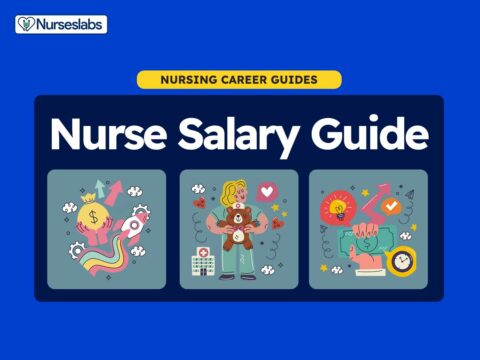
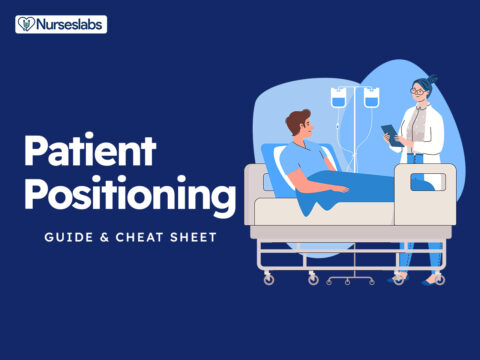
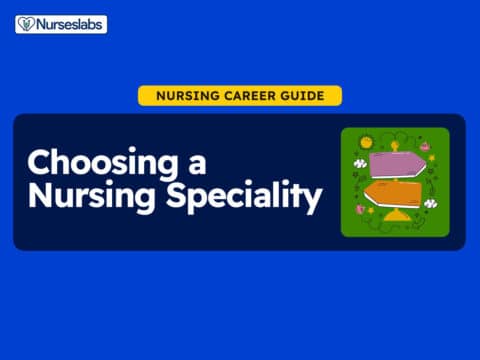
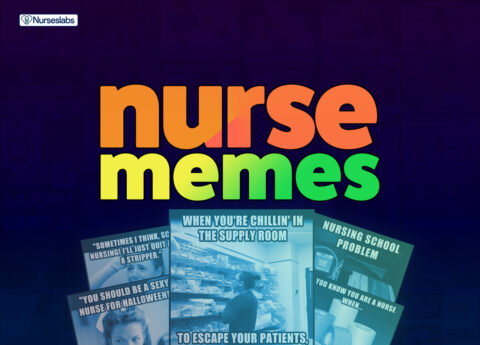
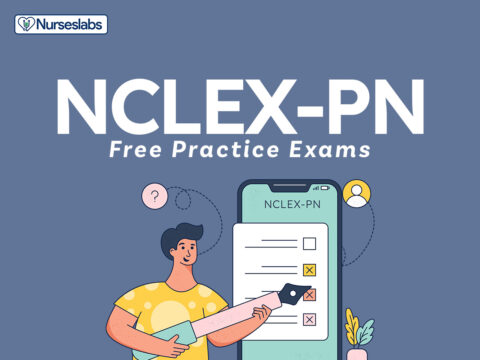



















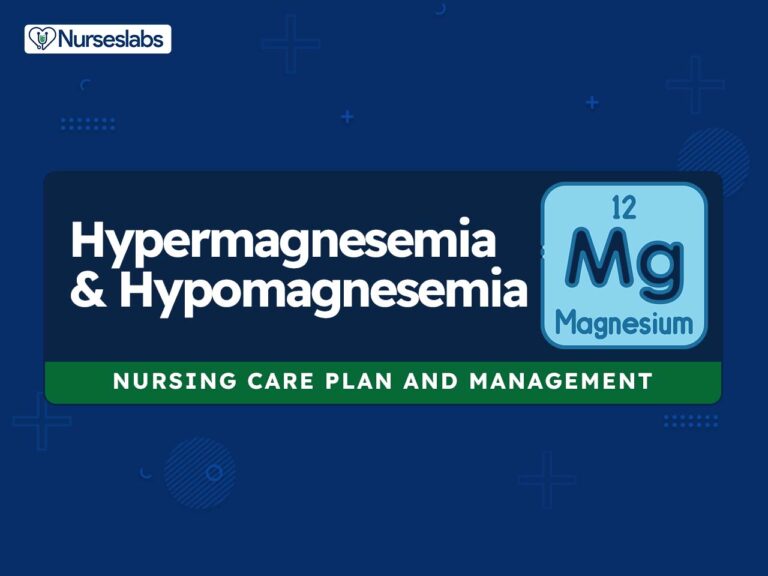
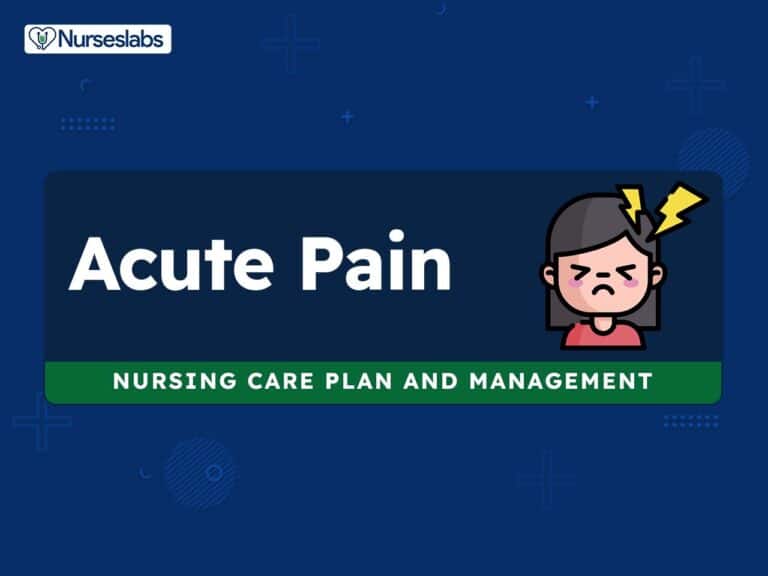
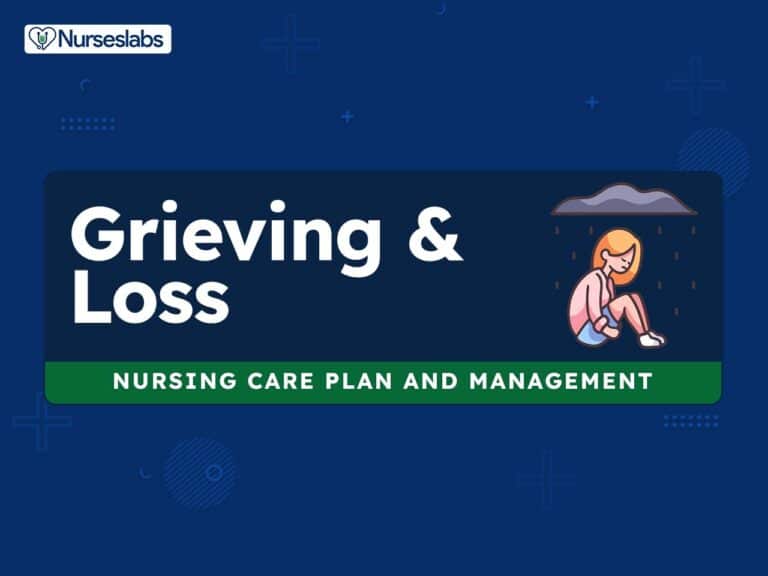
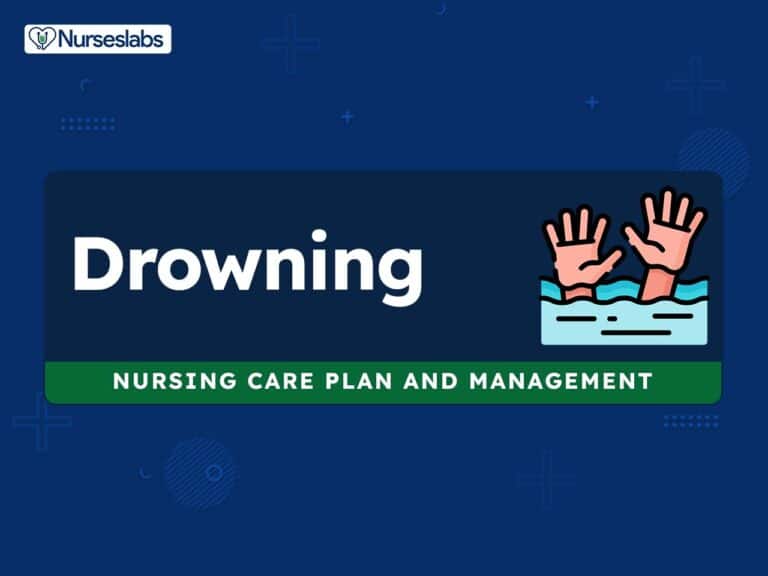
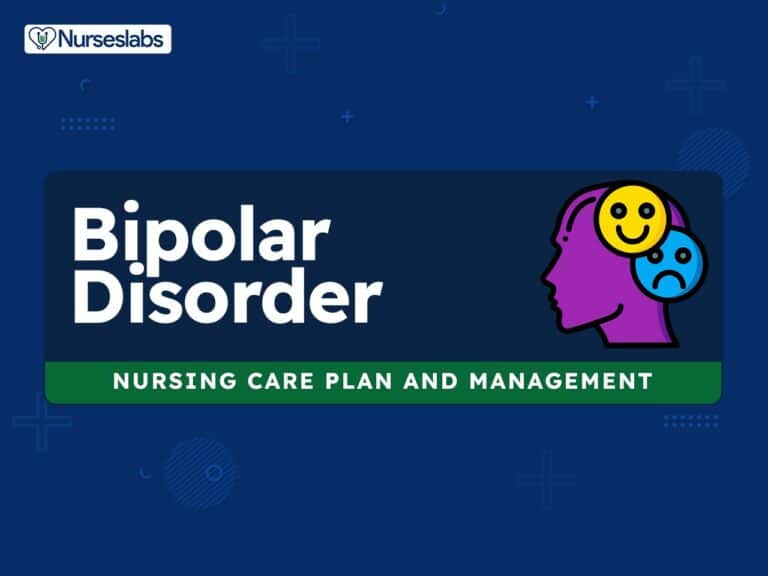
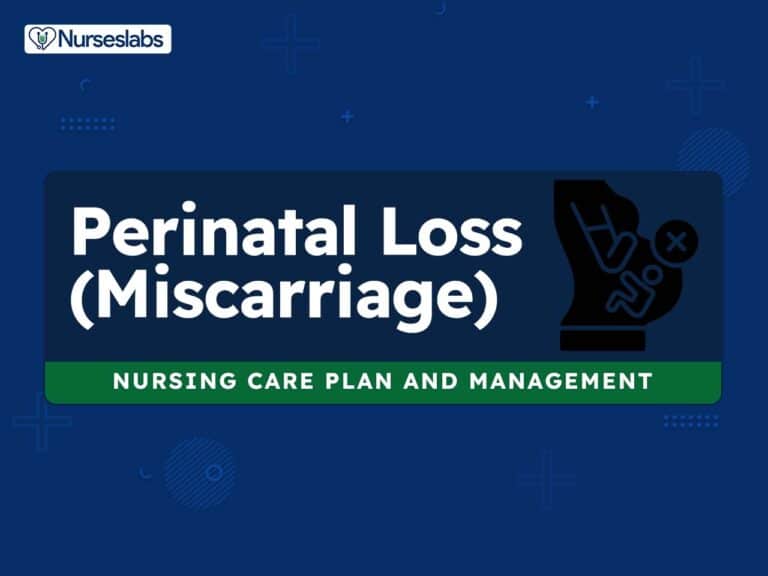
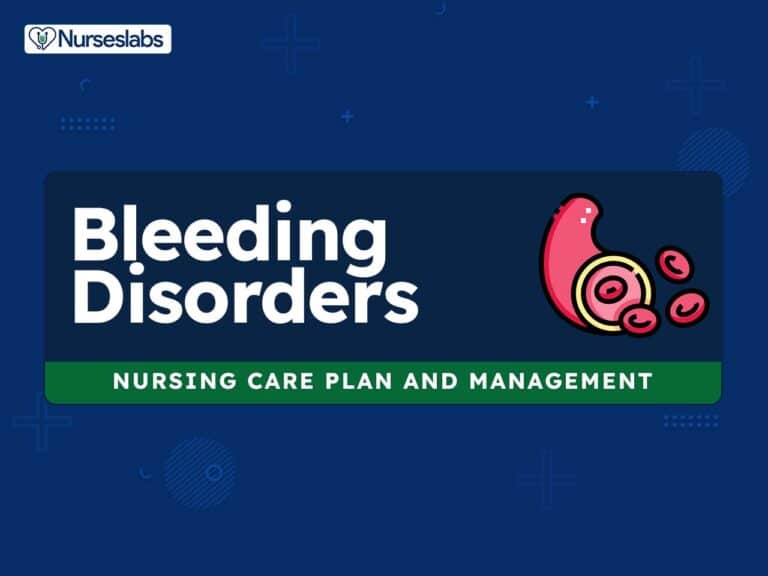
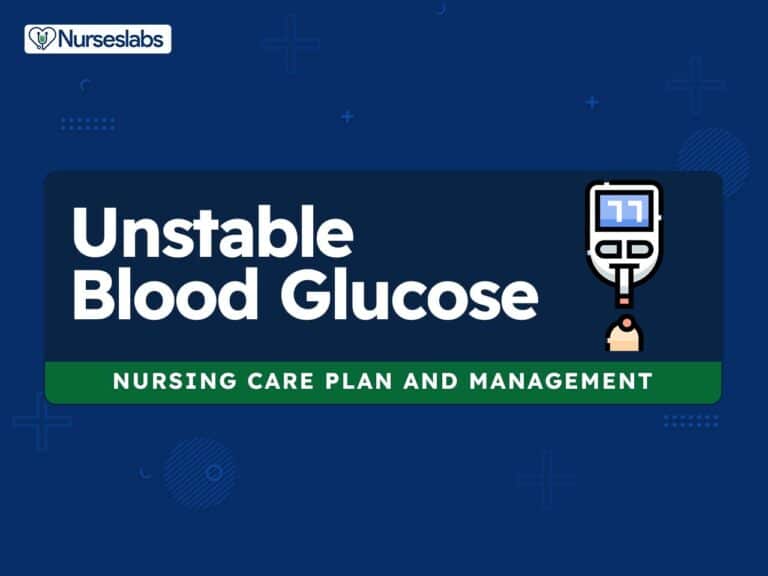
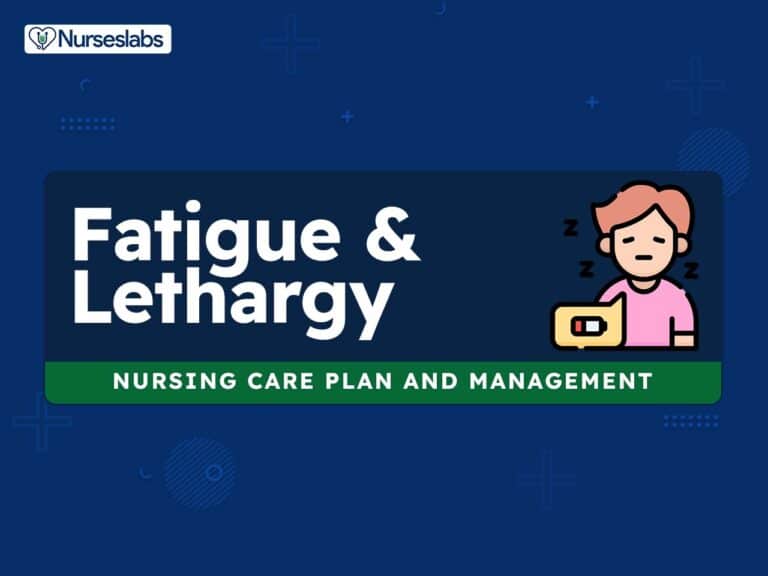
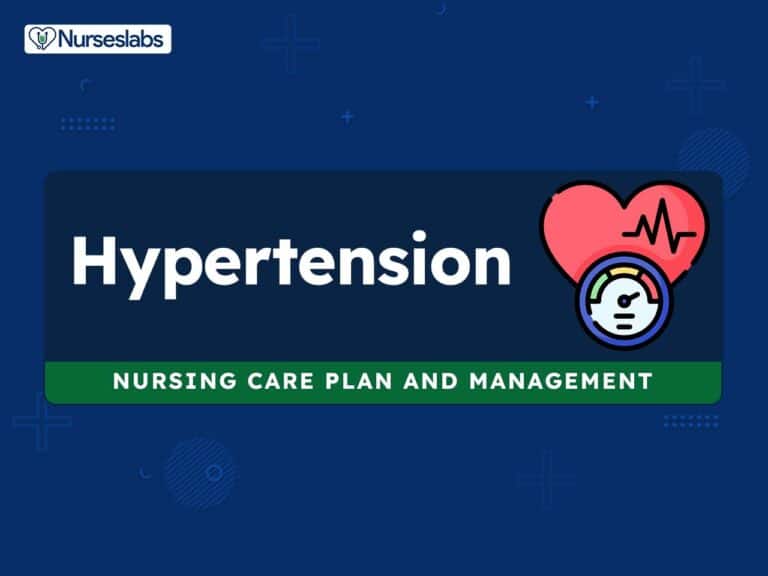
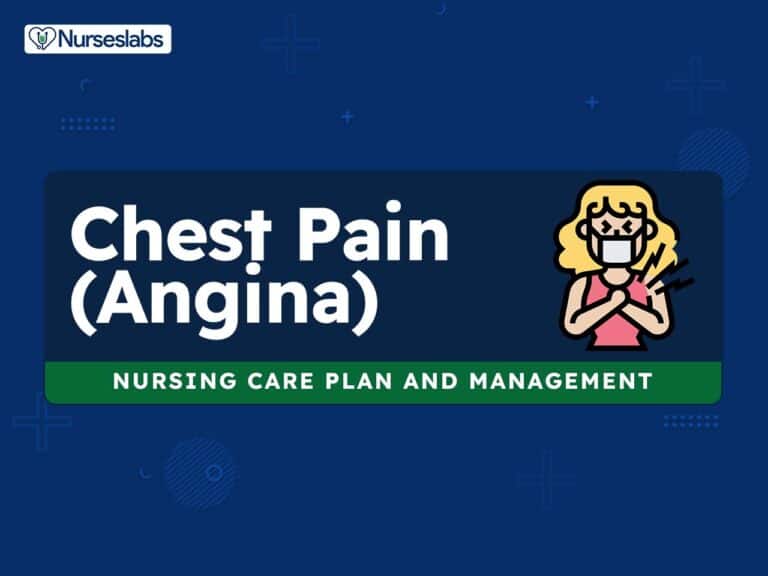

Leave a Comment